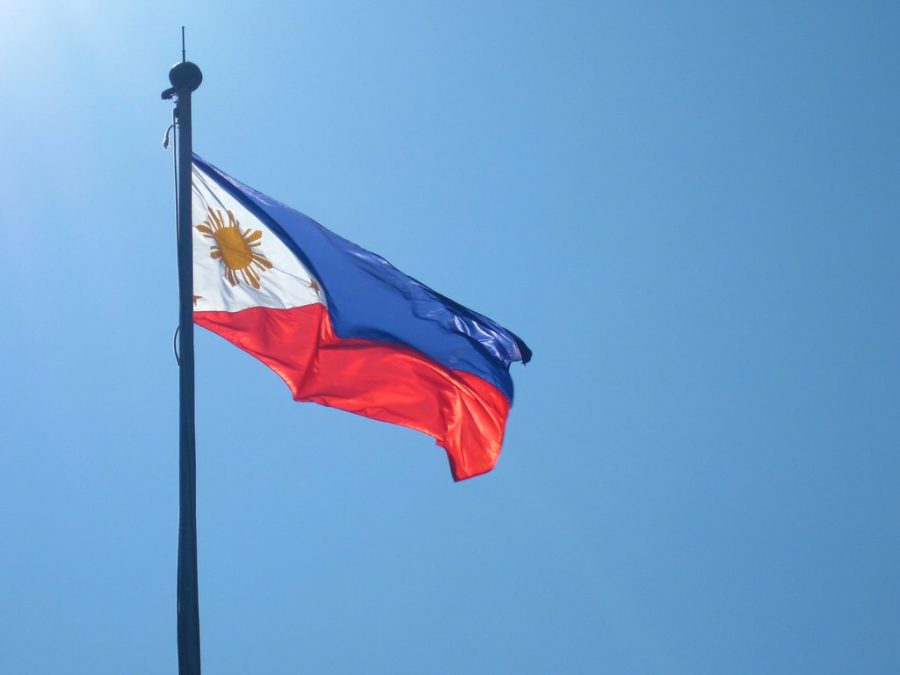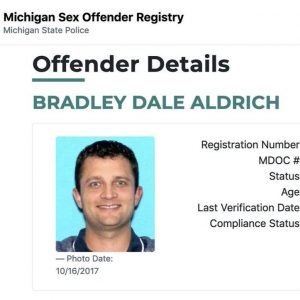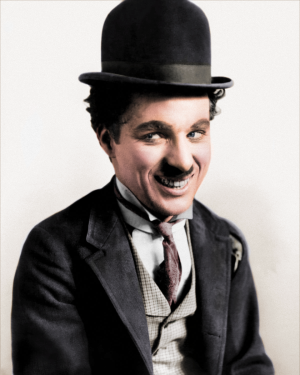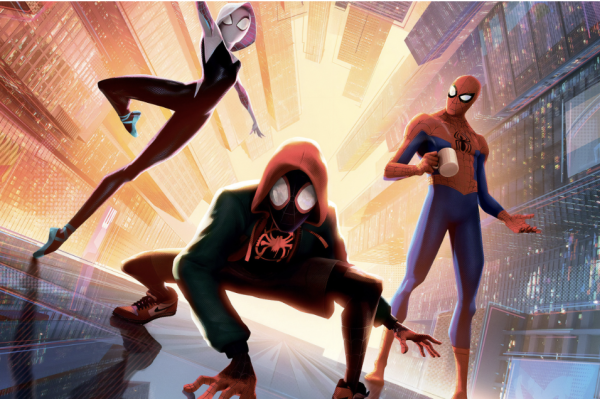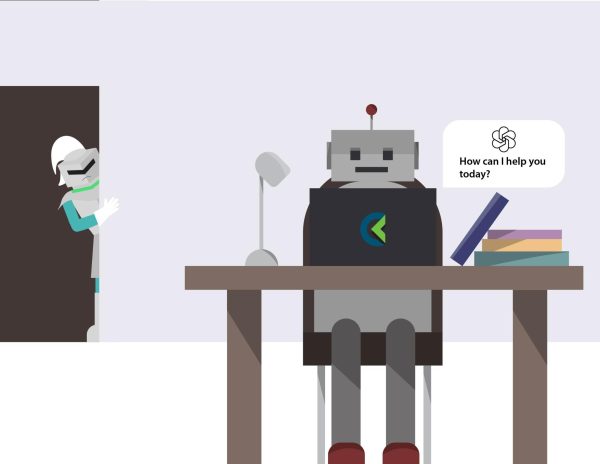Suppression in the Philippines
September 21st was a dark day for freedom in the Philippines.
October 15, 2022
September 21st might have been just an ordinary day for us in the United States. But on the other side of the world, that was a day of terror for the citizens of the Philippines.
On this day in 1972, President Ferdinand E. Marcos signed Proclamation No. 1081, which allowed him to obtain unlimited authority. He claimed that this was his last resort as he wished to oppose the communist forces and the growing civil unrest that was prominent around the country.
With his upgraded level of power, he quickly seized major media outlets and their assets. He ignored any sort of public criticism and controlled access to information. Although some companies could continue their services, they were cronies that served Marcos.
The country that was previously hailed as Asia’s most prominent space for press freedom faced a dilemma as companies were forced to shut down. About 400 people working in those industries were jailed, with more to follow in the next few days. Apart from that, an estimated 70,000 were imprisoned and 34,000 were tortured during the 2 decades under Marcos’ rule.
Although some publications were allowed to continue, their content was not the same as before. They were heavily censored and needed to be approved by the Department of Public Information before they could even reach the public. Foreign publications and media workers were not exempt from this rule, as those who were critical of the Marcos regime were often denied their visas and expelled from the country.
Corruption, abuse, and fear continued to stir the minds of the public as censorship continued to flourish in the Philippines. It was not until international pressure and influence from the Catholic Church forced Marcos to allow some critiques of his administration to be published. These were called mosquito presses since Marcos simply could not swat away their determined voices.
In late February of 1986, the Filipino people decided to finally stand up and held the People’s Power Revolution in Epifano de los Santos Avenue, known as EDSA, in Metro Manila. This movement lasted for 3 days straight with the hopes that it would end the tyranny and start a new era of freedom and democracy. It was not long until the dictator and his family fled the country.
You may think that the story would end here, and all would be well for the state of the media and information in the Philippines. I regret to say that this isn’t the case, as the current president is none other than the son of Ferdinand Marcos himself.
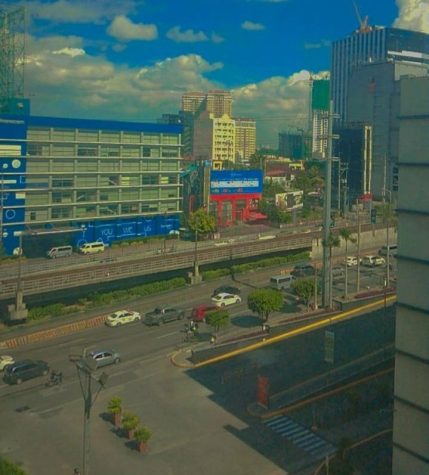
During his campaign, Marcos Jr. repeatedly denied the many allegations that surrounded his family’s legacy to the country and instead provided the masses with a new vision that painted his family in a much more innocent view compared to the truth of the matter.
With the rise of social media usage in the Philippines, much of the populace has heavily relied on information from Facebook, Tiktok, and unchecked facts. It has been proven to be a disaster in the long run. While the truth tries to fight and prevail, there have been many contributors who have lost in the fight, while others have been trolled, shamed, and called names both online and offline.
“My classmates believe in the narrative that is being rewritten by the Marcos Family.” A former classmate messages me on social media during a late-night conversation.”Even the teachers are being unprofessional about it.”
Like-minded individuals have also expressed their views. “They prefer a president who is said to be well-mannered than an educated one,” one of them shared. These citizens have chosen to remain anonymous for their own safety.
Although Marcos Jr. has apologized for his wrongdoings, he cannot reverse the suffering that his fellow countrymen faced at the hands of his father’s rule. The Philippines and its citizens deserve a country where the truth is unthreatened, history is untouched, and progress is encouraged.

